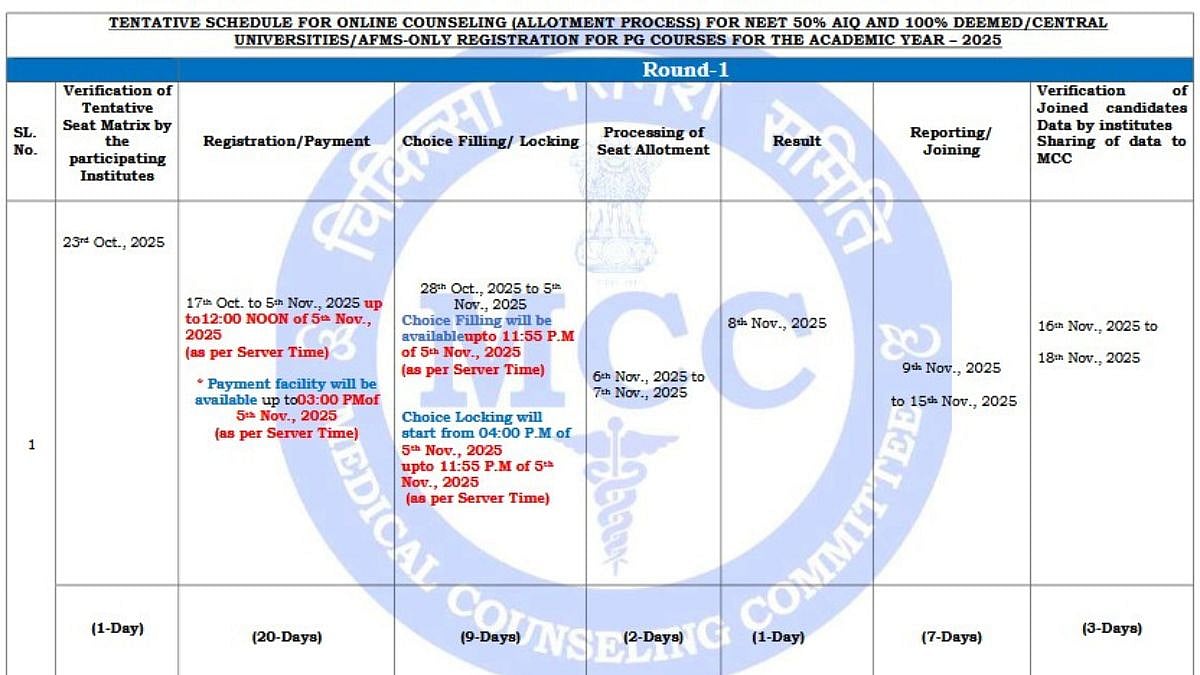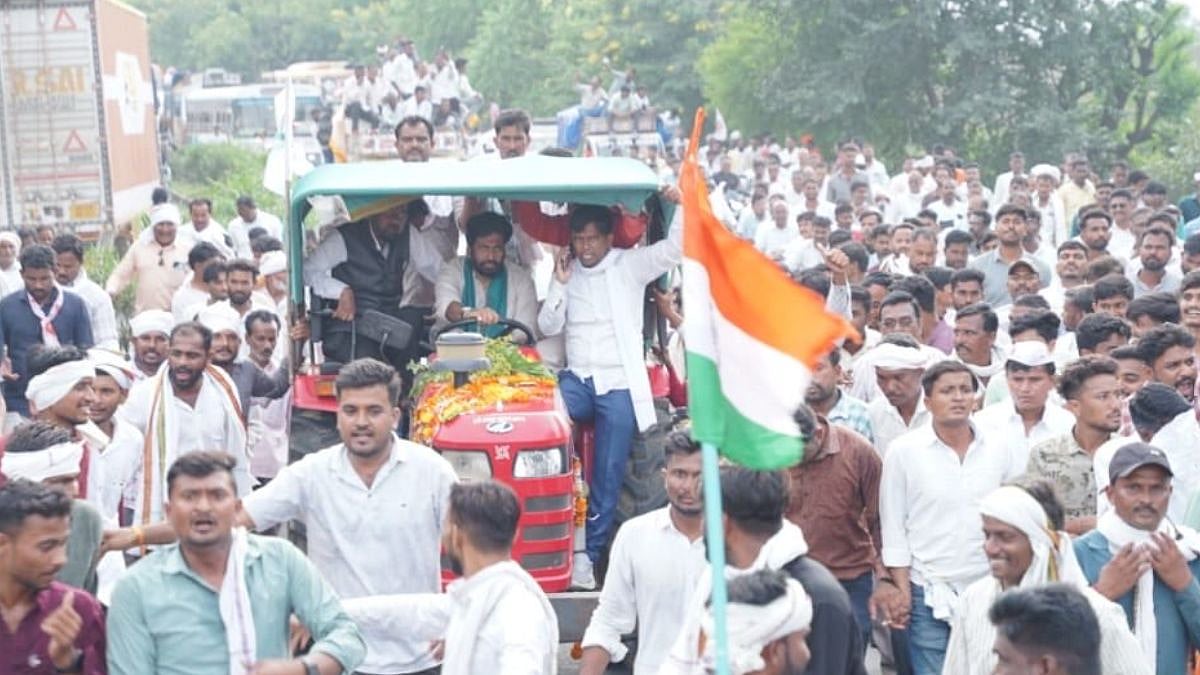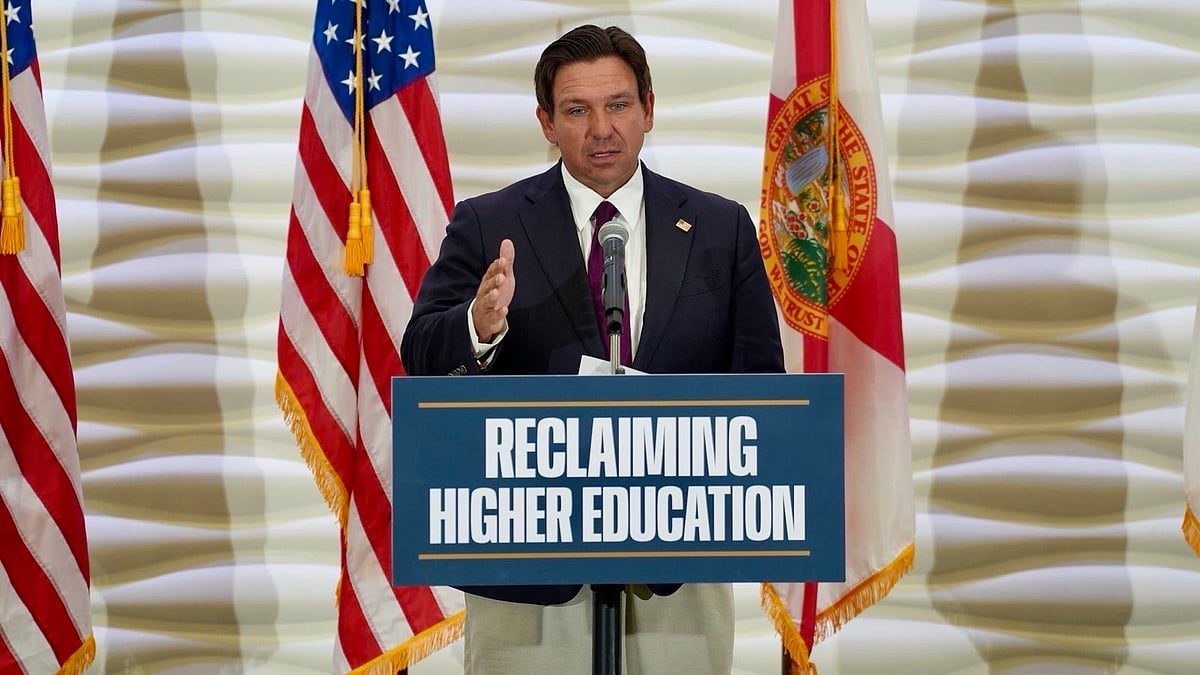To strengthen India's healthcare system significantly, the Union government has announced a plan to introduce an additional 75,000 medical seats in the country over the next five years, as per the media reports. The growth would extend to both undergraduate (UG) and postgraduate (PG) levels, with the aim to cater to the rising demand for trained healthcare professionals in the country.
Medical Infrastructure Expansion Throughout India
Recently, Union Health Minister JP Nadda, speaking at the 50th Annual Convocation Ceremony of AIIMS New Delhi, stated that India's medical education industry has seen "unprecedented growth" over the last decade.
According to the reports, the number of medical colleges has more than twice, from 387 in 2014 to 819 in 2025. Similarly, UG medical seats have grown from 51,000 to 1.29 lakh, while PG seats have grown from 31,000 to 78,000.
Key States Driving Medical Expansion
According to National Medical Commission (NMC) statistics, Maharashtra, Tamil Nadu, Uttar Pradesh, Gujarat, and Karnataka have established the highest number of new medical colleges over the past five years and have contributed largely to India's increase in medical capacity.

Sharp Decline in Mortality Rates
Pointing out the betterment in public health, Nadda quoted Sample Registration System (SRS) data that indicates a reduction in Maternal Mortality Ratio (MMR) from 130 to 88 and Infant Mortality Rate (IMR) from 39 to 27. He also mentioned that the Under-5 Mortality Rate (U5MR) and Neonatal Mortality Rate (NMR) have decreased by 42% and 39%, respectively, at a higher rate than international averages, according to the HT report.
India Beats World Average in TB Decline
Referring to a Lancet report, India's Health Minister Nadda stated that India recorded a 17.7% reduction in tuberculosis cases, more than twice the world average of 8.3%. According to the minister, this can be attributed to better access to healthcare, diagnosis, and awareness programs.








